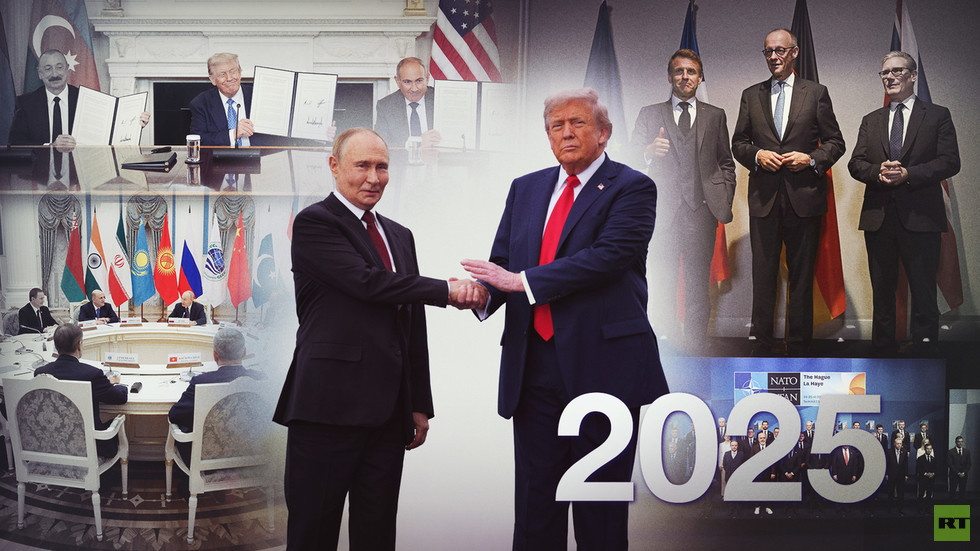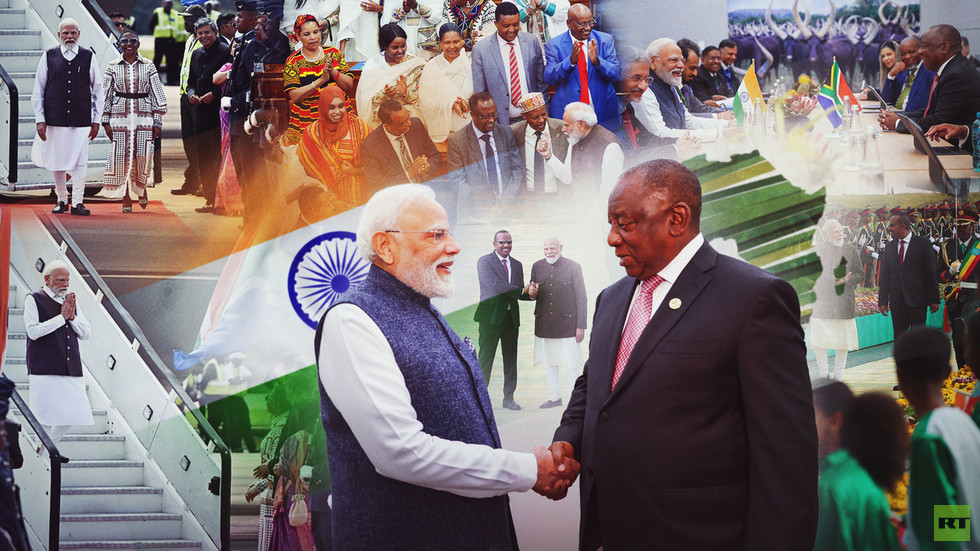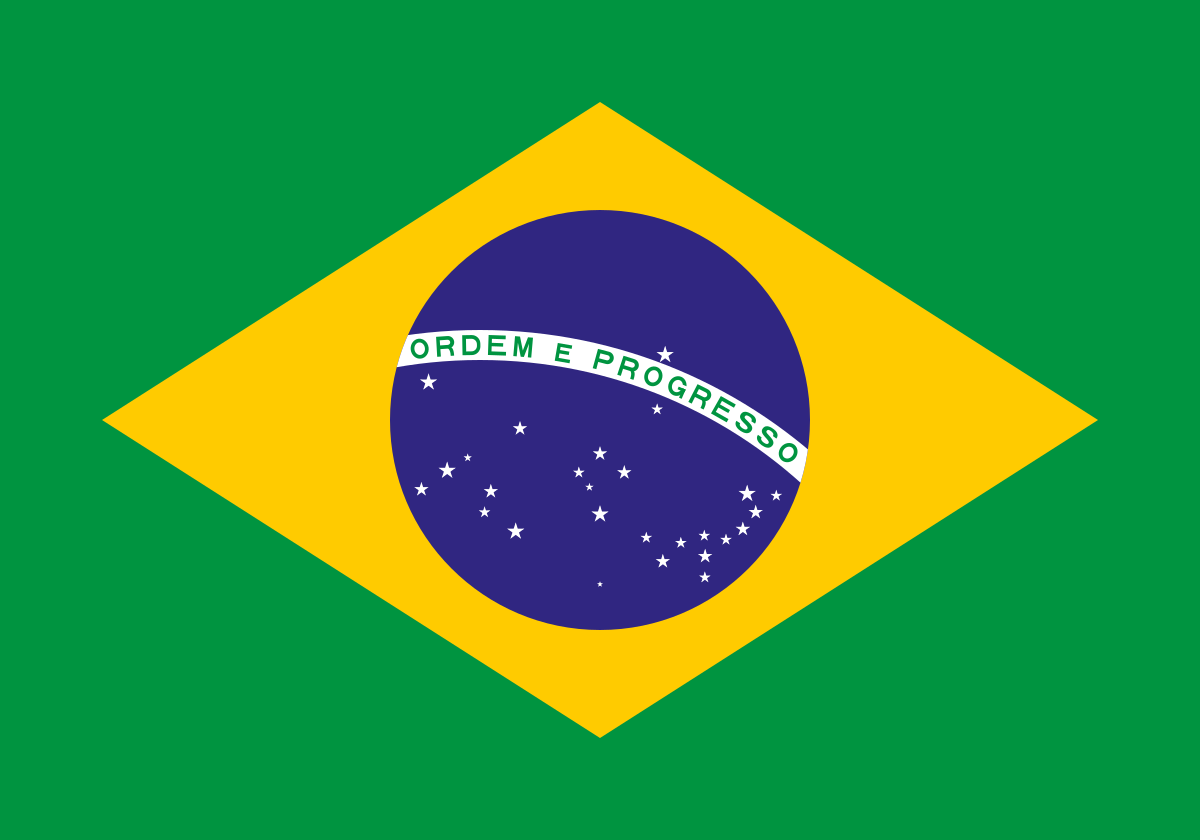The Mystery Behind Trump’s Sudden Pivot Toward a Summit with Putin
The biggest geopolitical mystery of the year — if not of the broader historical period — is why Donald Trump suddenly shifted from applying heavy pressure on Russia to pursuing a summit with Vladimir Putin.

Photo: www.flickr.com by U.S. Department of State, https://creativecommons.org/public-domain/pdm/
US and Russia flags
The Year’s Biggest Political Sensation
Until early August, nothing foreshadowed the U.S. president’s “wrong turn” toward Moscow. Globalist circles expected that on August 8 Washington would impose 100% sanctions on imports from Russia and on buyers of its oil. The U.S.–EU trade agreement was viewed by experts as an economic capitulation by the EU, exchanged for a firm NATO stance against Russia. Trump then shortened his ultimatum to Putin to just ten days, and by August 7 he was threatening Russia with nuclear war, citing social media posts by Russian Security Council Deputy Chairman Dmitry Medvedev as a pretext. He also targeted India — a major oil buyer — with a 50% tariff on its exports to the U.S.
A Sudden Shift After a Key Moscow Visit
On Friday, August 8, everything changed dramatically after the visit of U.S. special envoy Steven Witkoff to Moscow. European capitals were left reeling for 24 hours, frantically phoning Ukrainian President Volodymyr Zelensky while discussing the upcoming Russia–U.S. summit in Alaska. The choice of venue was a clear signal that other parties were not welcome to interfere in the negotiations.
Possible Reasons for Trump’s Reversal
Some observers point to Trump’s own style of surprise decision-making, aligned with his “Make America Great Again” (MAGA) agenda to defeat globalists. Others speculate about a possible coordinated tactic with Putin, who shares the goal of undermining the globalist agenda.
If neither explanation is correct, several concrete factors could have influenced the turnaround:
- Putin’s calm reaction to U.S. threats, saying that American “disappointments stem from inflated expectations” — a sign to Trump that Putin knew something he didn’t.
- The defiance of India and China against secondary sanctions, and Brazil’s call for a common BRICS approach to U.S. trade wars, which could rally entire regions behind them.
- Economic risk calculations, with AI projecting U.S. inflation spikes if energy prices rose, leading Trump to avoid jeopardizing living standards at home.
- Trump’s frustration with European allies over the U.S.–EU tariff agreement, as Brussels failed to compel EU capitals to buy American oil, gas, and weapons or to invest in the U.S. economy.
- France and other European states undermining U.S.-brokered ceasefire talks between Israel and Hamas, particularly after President Emmanuel Macron unilaterally recognized Palestine.
- Russia’s counteroffer deemed “acceptable” by Washington, with realists in Trump’s administration acknowledging Russia’s military strength and preferring to trade rather than risk confrontation.
A Historic Summit
The upcoming Russia–U.S. summit in Alaska may prove to be a historic event whose true significance will become clear only decades later. Russia is entering a stage of global growth on multiple levels, while the United States, as an empire, faces the prospect of decline.









